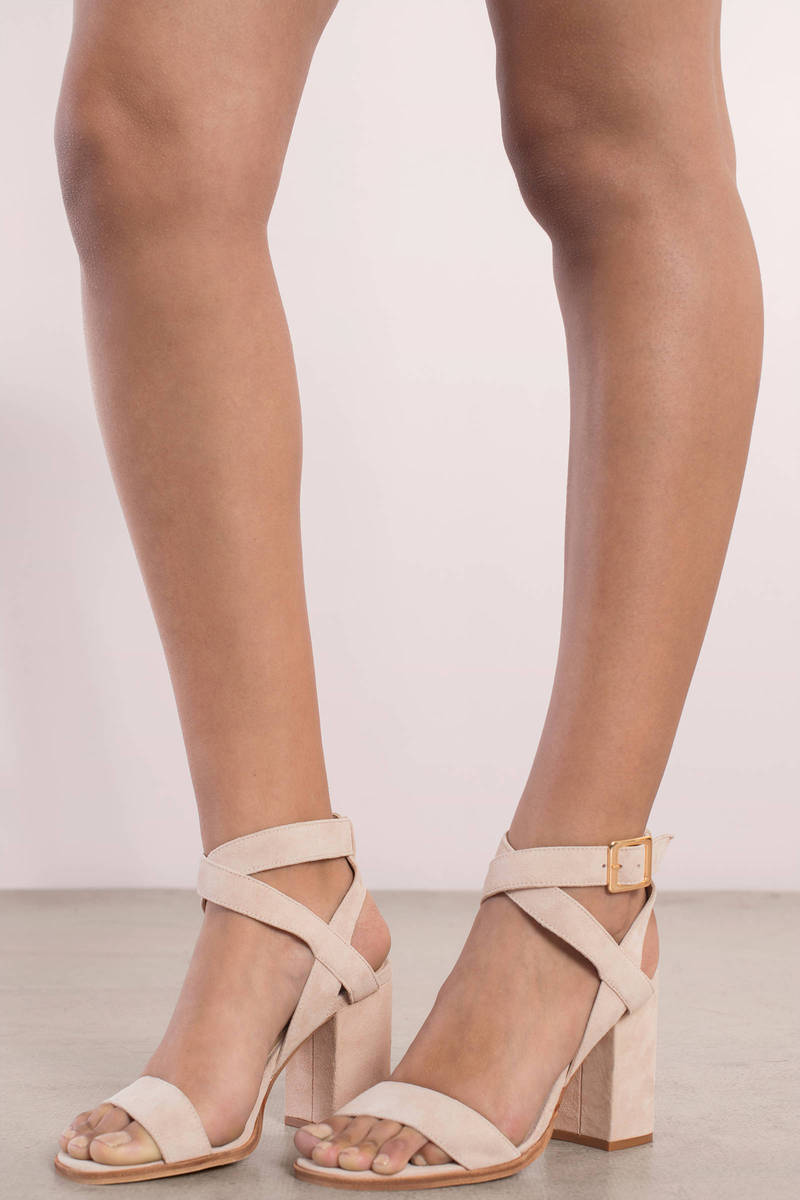

Milk bags (outer bag, rinsed inner pouches).Note: all black and/or compostable plastic goes in the garbage. Clear CD/DVD cases (empty black cases are garbage).Detergent, soap, shampoo bottles (lids/sprayers/pumps on).Clear food containers/clamshells (e.g.Approximately one third of what is put in the Blue Bin doesn’t belong there or was ruined as a result of the wrong items being put into the bin.

Contaminated recycling is currently costing the City millions annually. How bad? Bad enough that it can damage equipment, cause workplace injuries at the recycling facility and ruin otherwise perfectly good recyclables. Why is it important to recycle right?īad things happen when the wrong items are placed in the Blue Bin. However, there is still the issue of a lot of material being put into Blue Bins that shouldn’t be (items not accepted in the recycling program). accepted in the program) are recovered and shipped to markets to be made into something new. The majority of the items (87% in 2021) put in the Blue Bin that are supposed to be there (i.e. The City’s recycling rates overall and for plastics are actually quite high. While recycling rates vary across different sectors, it’s important to note that residential recycling rates are typically much higher than those in the industrial, institutional and commercial sector. Some statistics circulating over the past few years suggest that nothing actually gets recycled, and that plastics in particular have very low recycling rates. Last year, 100,939 tonnes of recycling collected through the Blue Bin program was sold to markets to be made into something new. The City manages recycling from all single-family homes, about 60 per cent of the multi-residential sector and a limited number of non-residential establishments, such as small businesses. How much of what is collected in the City’s recycling program gets shipped to market? Only a small portion of the City’s recycling (about 14% in 2021) goes overseas and when it does, it is done through reputable brokers to ensure it is being recycled. The majority of the material from the City’s Blue Bins (approximately 86% in 2021) goes to markets in Canada and the U.S. The City is fortunate to have access to a lot of domestic recycling markets and is still able to sell its material to be made into something new.

If you’re wondering if it’s still worth it to recycle, it is, and it’s increasingly important to recycle right. Despite changes in global recycling markets that have resulted in an oversupply of recycling material, with fewer markets where some materials can be sold, the City of Toronto’s Blue Bin recycling program remains strong. Recycling helps to conserve natural resources, keep waste out of landfill and reduce energy use and greenhouse gas emissions. Why It’s Worth It to Recycle and Important to Recycle Right
#Chinese laundry heels 6 how to
When in doubt about how to properly dispose of something, ask the Waste Wizard. Chinese Laundry heels have springy soles and supportive structures.Įnjoy Stylight's Chinese Laundry high heels range.Find out what is and isn’t accepted in the City’s recycling program below. It is essential for high heels to be comfortable, especially if you are going to dance all night in them. Here are a couple of key features that are hallmarks of Chinese Laundry footwear: The designers behind these Chinese Laundry heels have a long history of using color and form creatively. Whenever you want to add a little playfulness and chic to an outfit, just reach for your new pair of heels from Chinese Laundry. These fresh, cool shoes can be used to add a glamorous edge to a pair of tailored jeans or to put the finishing touches on a special party dress. Wear Chinese Laundry high heels with anything As a result, heels by Chinese Laundry can always be relied upon to be imaginative, innovative, and very elegant. Stand tall in some gorgeous Chinese Laundry high heelsĮver since the Chinese Laundry brand was founded in 1981, its designers have been working hard to push the boundaries of footwear style.


 0 kommentar(er)
0 kommentar(er)
